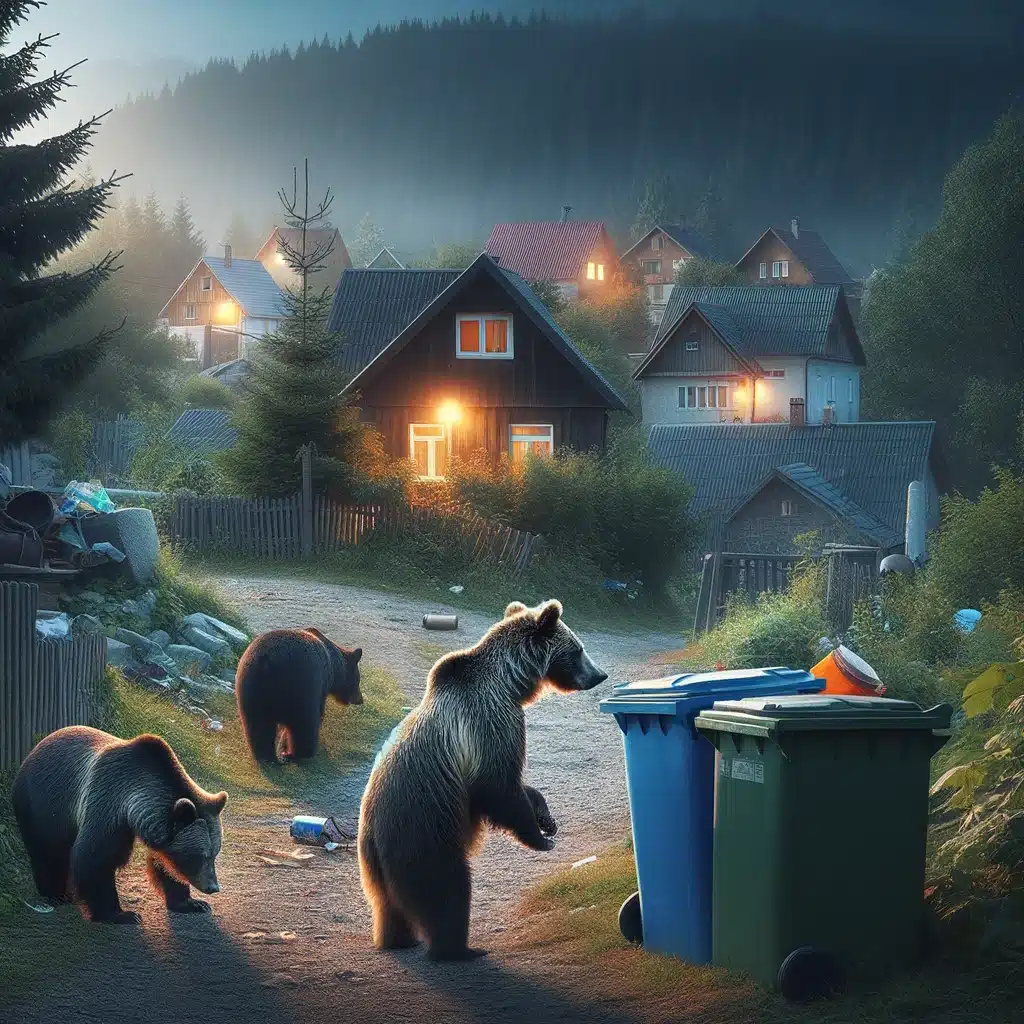A Historical Perspective
In the verdant forests and rugged mountains of Spain, a remarkable conservation story is unfolding. After decades of decline that pushed them to the brink of extinction, Spain’s bear populations, particularly the Cantabrian brown bear (Ursus arctos) in the north and the Iberian brown bear in the Pyrenees, are showing signs of a significant and hopeful increase. This resurgence is a testament to the concerted efforts of conservationists, government policies, and local communities working together to create a sustainable environment for one of the country’s most iconic species.
Here’s a table showcasing 10 characteristics of the Cantabrian Brown Bear (Ursus arctos arctos):
| Characteristic | Description |
|---|---|
| Scientific Name | Ursus arctos |
| Subspecies | Cantabrian brown bear (Ursus arctos arctos) |
| Population | Around 330 individuals (as of recent estimates) |
| Habitat | Deciduous and mixed forests, mountainous terrain |
| Geographical Range | Cantabrian Mountains, Northern Spain |
| Diet | Omnivorous, including fruits, nuts, honey, insects, and small mammals |
| Physical Appearance | Dark brown fur, large front paws, humped shoulders, and a large head |
| Reproduction | Females give birth to 1-3 cubs every 2-3 years |
| Lifespan | 20-30 years in the wild |
| Conservation Status | Endangered (Spain), Concern (Globally) |
Turning the Tide

Historically, Spain’s bears faced numerous threats, including habitat loss due to deforestation, human encroachment, and poaching. By the late 20th century, the situation had become dire, with only a few dozen bears remaining in some areas, pushing the species to the edge of regional extinction. However, this was adressed with comprehensive conservation strategies aimed at protecting and restoring their natural habitats. Thus, curbing illegal hunting practices.
The Cornerstones of Recovery

The cornerstone of the recovery effort has been the establishment of protected areas and ecological corridors that facilitate safe bear movement between habitats. This is essential for feeding, breeding, and genetic diversity. Programs to increase public awareness about the importance of bear conservation have also played a critical role. These initiatives have fostered a more bear-friendly attitude among local populations, reducing conflicts between bears and humans.
Signs of Success

One of the most encouraging signs of success is the increase in bear sightings and documented births. Recent studies and wildlife monitoring efforts have provided evidence of growing bear populations in their traditional strongholds, as well as in areas where they had not been seen for years. The Cantabrian mountains, for instance, have witnessed a steady rise in bear numbers, with the population now estimated to be over 300 individuals. Similarly, the Pyrenees has seen a gradual but consistent increase in its bear population, thanks to both natural expansion and reintroduction projects.
The Ecological Impact

The rise in Spain’s bear population is not only a victory for biodiversity but also for the ecological health of the regions they inhabit. Bears play a vital role in their ecosystems as apex predators and keystone species. They help to maintain balance by controlling the populations of other animals and contributing to forest regeneration through seed dispersal.
Challenges Ahead

Despite these positive developments, challenges remain. The bears’ habitat is still fragmented, and the risk of human-bear conflicts persists. This worsens as bears venture closer to human settlements in search of food. Continued vigilance, research, and adaptive management strategies are essential to ensure that the bears’ numbers continue to grow and that their habitats are preserved for future generations.
Conclusion: A Model for Conservation
Spain’s experience with its bear population highlights the potential for successful wildlife conservation when there is a commitment to sustainable practices, collaboration across sectors, and engagement with local communities. A powerful reminder of the resilience of nature and the possibility to protect endangered species through concerted effort and dedication. As Spain continues to nurture its bear populations back to robust health, it sets an inspiring example for conservationists everywhere, proving that even the most imperiled species can recover if given the chance.
Watch 1000lb Bear Hunt Salmon In Alaska
Woman Rescues Bear Cub With Its Head Stuck In A Plastic Jar
How To Protect Yourself From A Brown Bear in US
Join our Forum for free today!

- The Kleptomaniac Cat That Rules Houston - July 20, 2024
- Elephant Makes a Lifelong Friend at Sanctuary in Tennessee - July 14, 2024
- Evidence For World’s Oldest Fossilized Forest Discovered in New York - July 11, 2024

